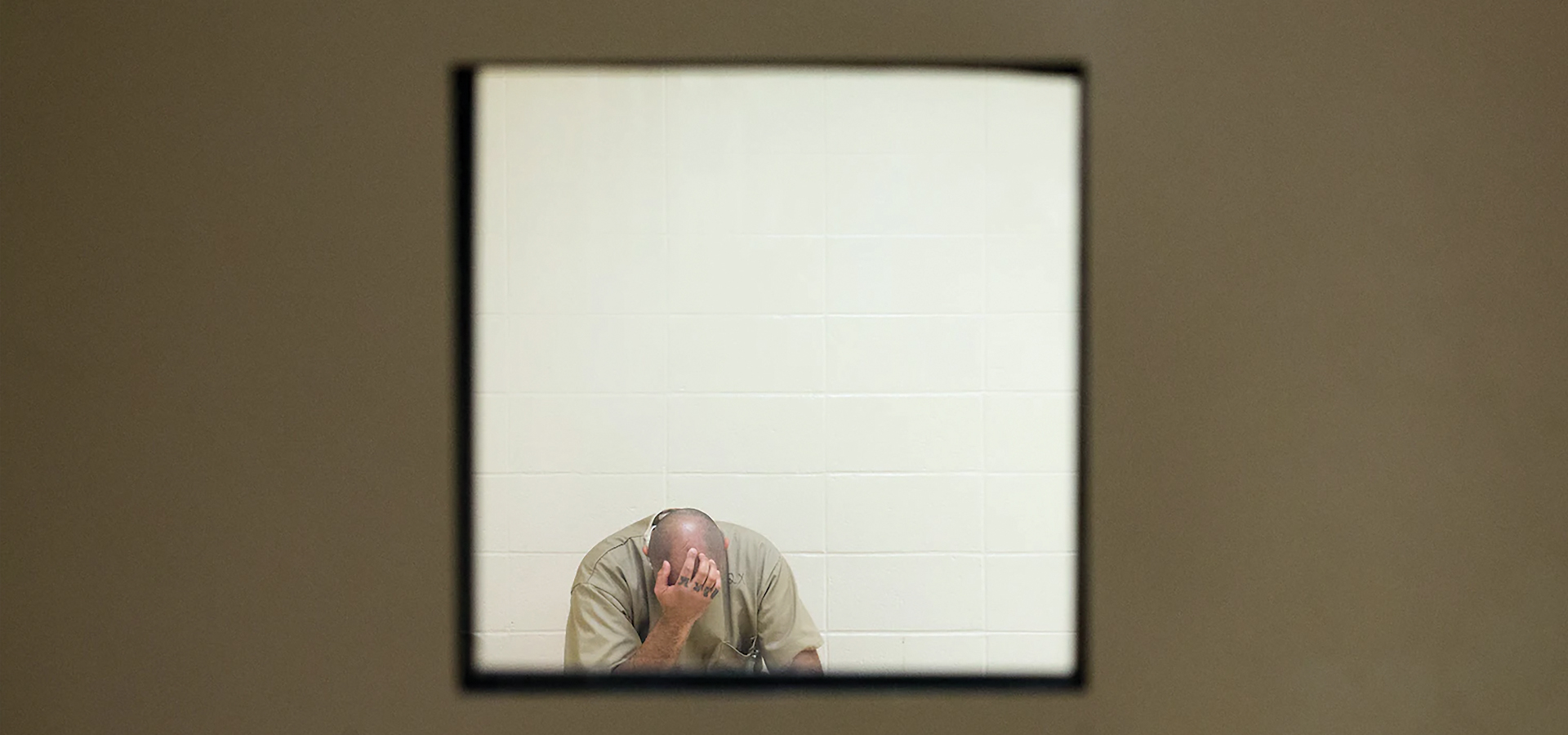Meeting Clients Halfway: Using Data to Understand Recidivism, Successful Transitions for Formerly Incarcerated
An unprecedented collaboration between a QAC class and a local nonprofit analyzes real-time recidivism data to inform public policy, and offers students exposure to the workings of halfway housing, its staff and formerly incarcerated clients.
Nationally, within three years of release, two-thirds of former prisoners are re-arrested. Of these individuals, more than half are re-arrested in the first year after leaving prison.
In order to better understand and address this challenge in Connecticut, for the past seven years Wesleyan faculty and students have partnered with The Connection, a large Middletown-based social service agency which provides 350 halfway house beds across the state, along with outpatient counseling clinics, for individuals leaving state prisons. Jen Rose, director and professor of the practice in the Center for Pedagogical Innovation, and Charles Barber, writer-in-residence at Wesleyan, who also runs the research institute at The Connection, use de-identified client data from The Connection to analyze the trends in criminal recidivism among the agency’s clients. Teams of students in Rose’s Introduction to Statistical Consulting class offered by the Quantitative Analysis Center, as well as students in independent research tutorial courses, formulate individual research questions and correlate The Connection’s data with criminal recidivism data provided by the State of Connecticut. The partnership has produced 40 studies over the past seven years.
“The results have been extremely enlightening in revealing more nuanced findings about the factors that underlie successful reentry to society after extended prison stays,” said Barber.
Between its halfway houses and its counseling programs, The Connection serves about 1,000 individuals released from prison per year. The data provided by the state shows, at three years of release, which members of that group have recommitted crimes, at what point the crimes were committed, and the type of crime.
The students’ findings have shown that halfway house residents who are diagnosed with mental illness are no more likely to reoffend than those individuals without a mental illness. High measures of psychological grandiosity are significantly associated with a return to offending, as is unstable housing at discharge. Moreover, there are no significant differences in the rates of reoffending when analyzed by race.
The findings are shared annually with The Connection’s program managers, allowing them greater insight into “what works and what doesn’t work” as they refine their services, said Barber. In turn, Rose’s students visit The Connection’s halfway houses in Middletown and New Haven so that they can understand and appreciate the programs’ services beyond data sets.
“Often the students find the exposure to the workings of the halfway houses and their interactions with staff and clients as educational as the studies themselves,” said Rose.
One of the students’ studies was presented at the annual meeting of the American Psychological Association. Rose and Barber hope to publish more of the work in peer-reviewed journals in criminology and psychology going forward, as they feel it is important for informing public policy.
“To our knowledge, there has never been a collaboration of this kind nationally between a university and a nonprofit to analyze real-time recidivism data,” said Barber. He has a forthcoming book on criminal issues from Harper Collins, Citizen Outlaw: One Man’s Journey from Gang Leader to Peacekeeper, to be published in October 2019.



